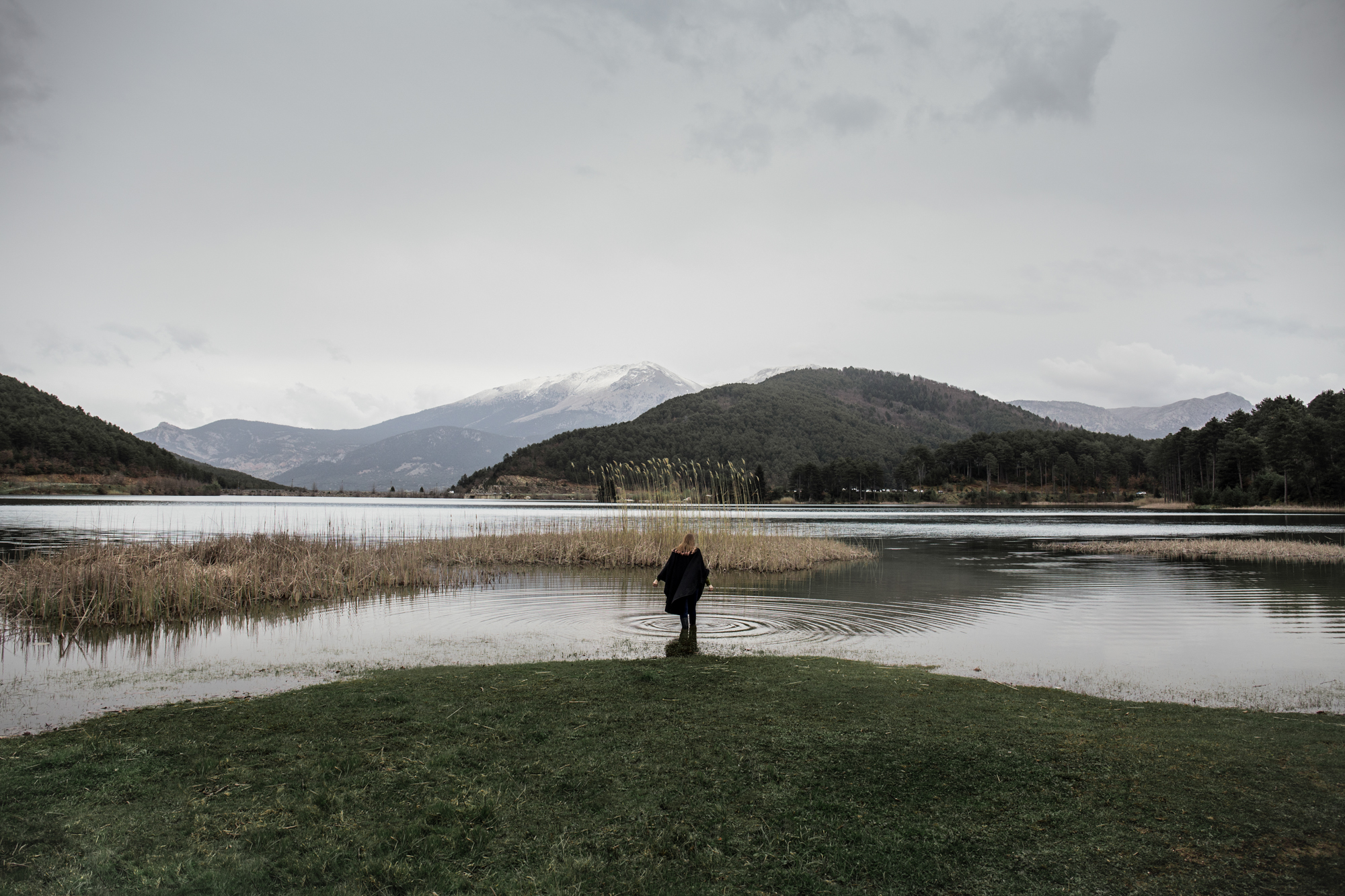"landscape stories"
Photometria International Photography Festival
Duration: 25.9 – 23.11
Municipal Gallery of Ioannina (Korai 1)
Landscape art first emerged as a parergon at the background of early Renaissance paintings and was only established as an independent genre in the mid-16th century. In Greece, it appeared in the last quarter of the 19th century, and was established, at least in naturalistic precision, in the 20th century thanks to the medium of photography. This development was preceded in the 19th century by the popular photographic landscape with ruins, which validated the contemporary Greek ideological trait of archaeolatry. The work of Swiss photographer Fred Boissonnas and Nelly’s, dating to the early 20th century and the interwar period respectively, played a key role in turning landscape, even devoid of ruins, into a pillar of the official national narrative. In the post-war period, the island landscape was used as a vehicle to promote mass tourism. Meanwhile, artists like Kostas Balafas, Takis Tloupas, Dimitris Letsios and Spyros Meletzis focused on the unofficial, often mountainous, landscape of the country, capturing demotic culture. After the fall of the military junta the artistic expression of domestic landscape photography gradually began challenging the one-sided idealization and getting infiltrated with contemporary questions and issues. landscape stories attempts as an exhibition to look into the Greek landscape photograph of the 21st century through a selection of works by artists younger or less established in the local landscape canon. The exhibition examines the natural, cultural or suburban landscape, avoiding its urban version as a separate, significant chapter in its own right. Their work endeavours to study the evolution of the form and content of the country’s landscape in contemporary terms, while also pondering on its nature and its photographic representation.
In this context, contemporary Greek landscape photography appears multi-faceted aesthetically, conceptually and technically. There is an evident focus on the vernacular landscape, while stylistically the “documentary style” is prevalent, recording reality with precision while also describing poetically and feeling semantically. Several artists take a critical stance of the senseless exploitation and balance disruption of the natural space, presuming that selective topiolatry conceals the methodical topiomachy. A number of artists correspondingly express the innermost desire of absconding from the exhausting saturation and melancholic alienation of the modern world.
But why is it, that in Greek photography landscape retains a vitality, at a time increasingly urban, technological, consumerist and immaterial? Perhaps because its commercialized image remains an ever-alluring showcase and important capital for the country’s economy, a showcase making many photographers nowadays want to look behind. Also, because landscape has historically underpinned modern Greek ideological narratives, such as the landscape with ruins, the bucolic narrative, the economic growth ideology. A third explanation is that urbanization grew more massively in the country only in the post-civil war period. Thus, the separation from the original womb took place significantly later in Greece compared to other Western societies, and the memory of a communal life closer to nature, though no longer intact, has not been completely erased.
W.J.T. Mitchell suggested that landscape should be treated as a verb rather than a noun, thereby becoming an active agent of “social, subjective identity” formation, instead of a static image. But is it possible for one to be critical of the unresolved issues raised by the (domestic) landscape, without necessarily ignoring its beauty? Perhaps it is, if one adopts John Brinckerhoff-Jackson’s view, that a landscape is beautiful as long as it contributes to experiences important for self-knowledge. With that in mind, this exhibition attempts to conceive of landscape as an open, palimpsest text, in which smaller narratives are recorded, and where personal history is intertwined with collective history, the poetic with the existential, imagination with geography, political strategy with individual fate, and artistic expression with raw data.
Hercules Papaioannou
Participating: Yorgos Yatromanolakis, Konstantinos Gdontakis, Katerina Digoni, Kostas Kapsianis, Demetris Koilalous, Babis Kougemitros, Yiannis Koukourakis, Petros Koublis, Ioannis Konstantinou, Iliana Meintani, Pericles Boutos, Rea Papadopoulou, Kosmas Pavlidis, Achilleas Tilegrafos, Konstantinos Tountas, Marinos Tsagkarakis, Panos Charalambidis, Mary Chairetaki, Jeff Vanderpool
14th edition of Photometria International Photography Festival
Photometria International Photography Festival 2022 hosts mοre than 50 artists in 13 exhibition venues in Ioannina, including the new space: Photometria Photography Center (PPC)! The program, as every year, is full of activities for children, photographers and high level lectures. After the end of the festival, selected exhibitions travel to a lot of cities around Greece and abroad.
The entrance is free for all the exhibitions at Photometria Festival
"landscape stories"
Municipal Gallery of Ioannina (Korai 1)
Duration: 25.9 – 23.11
Mon. – Thu.: 08:00 – 15:00
Fri.: 08:00 – 21:00
Sun.: 10:00 – 13:00 & 18:00 – 21:00
In collaboration with Momus – Thessaloniki Museum of Photography
